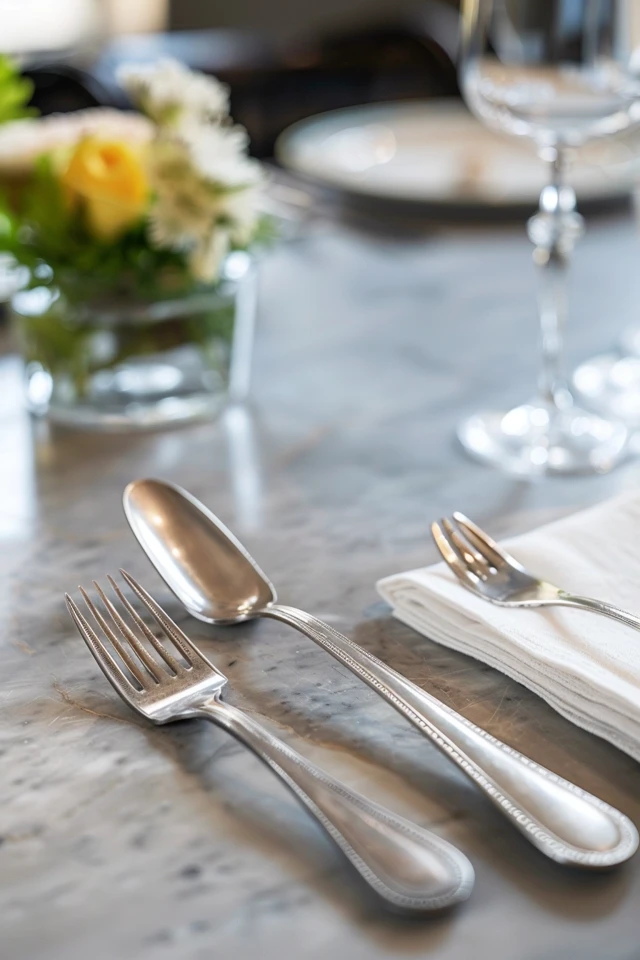Hello, I’m here to help you learn how to identify whether something is made of silver or pewter. These two metals may look similar, but they have distinct characteristics that can help you distinguish between them. Whether you’re a collector or a buyer, knowing how to identify silver and pewter items is essential in order to determine their authenticity and value.
Key Takeaways:
- Look for stamps or hallmarks indicating purity to identify silver items.
- Test the magnetic properties of the metal – real silver is not noticeably magnetic.
- Consider the odor – silver is odorless, so a sulfur or metallic scent may indicate it is not silver.
- Polishing the item can reveal its authenticity – if no black residue appears on the cloth, it is likely not silver.
- Identify pewter items by looking for markings, as well as their low maintenance and lustrous sheen.
Are you ready to become an expert in identifying silver and pewter? Let’s dive into the details and learn more about these fascinating metals.
How To Identify Silver Items
When trying to identify silver items, the first step is to look for markings or stamps on the item. These markings indicate the purity of the silver and can provide valuable information about the piece. Additionally, you can test the magnetic properties of silver – real silver is not strongly magnetic. Another method is to smell the item – silver is odorless, so if you detect a sulfur or metallic scent, it may not be silver. Finally, polishing the silver item can help determine its authenticity – if no black residue appears on the cloth, it is likely genuine silver.

How To Identify Pewter Items
Pewter items can be easily identified by looking for specific markings or stamps, similar to silver items. These markings can provide valuable information about the item, revealing details such as when and where it was made or used.
Unlike silver, pewter is a low maintenance material that can be easily cleaned with a soft cloth or warm, soapy water. It doesn’t require any special cleaning agents or techniques, making it a convenient choice for collectors and enthusiasts.
Pewter has a distinct appearance with a soft, lustrous sheen. Depending on its age and condition, it may exhibit a range of colors, adding to its unique charm and character.
Historically, pewter items were often engraved with owner’s marks, further enhancing their value and historical significance. These engravings serve as a testament to the personal touch and individual ownership associated with pewter items.

Conclusion
Identifying silver and pewter items is crucial for collectors and buyers who want to determine their authenticity and value. By examining markings, testing magnetic properties, and considering characteristics such as odor and maintenance, it becomes possible to differentiate between silver and pewter. This understanding empowers collectors to make informed decisions and ensures that they are acquiring genuine pieces of historical and monetary value.
The silver identification guide discussed the importance of looking for markings like stamps indicating purity and testing magnetic properties. It also emphasized the odorless nature of silver and the absence of black residue when polished. On the other hand, the pewter identification guide highlighted the significance of examining markings, the low-maintenance nature of pewter, and its distinct sheen and range of colors.
Knowing how to differentiate between these precious metals is beneficial when making purchasing decisions. This can prevent unwittingly acquiring imitation pieces or overpaying for less valuable items. With this comprehensive silver and pewter identification guide, collectors and buyers can confidently navigate the market and add genuine treasures to their collections.


